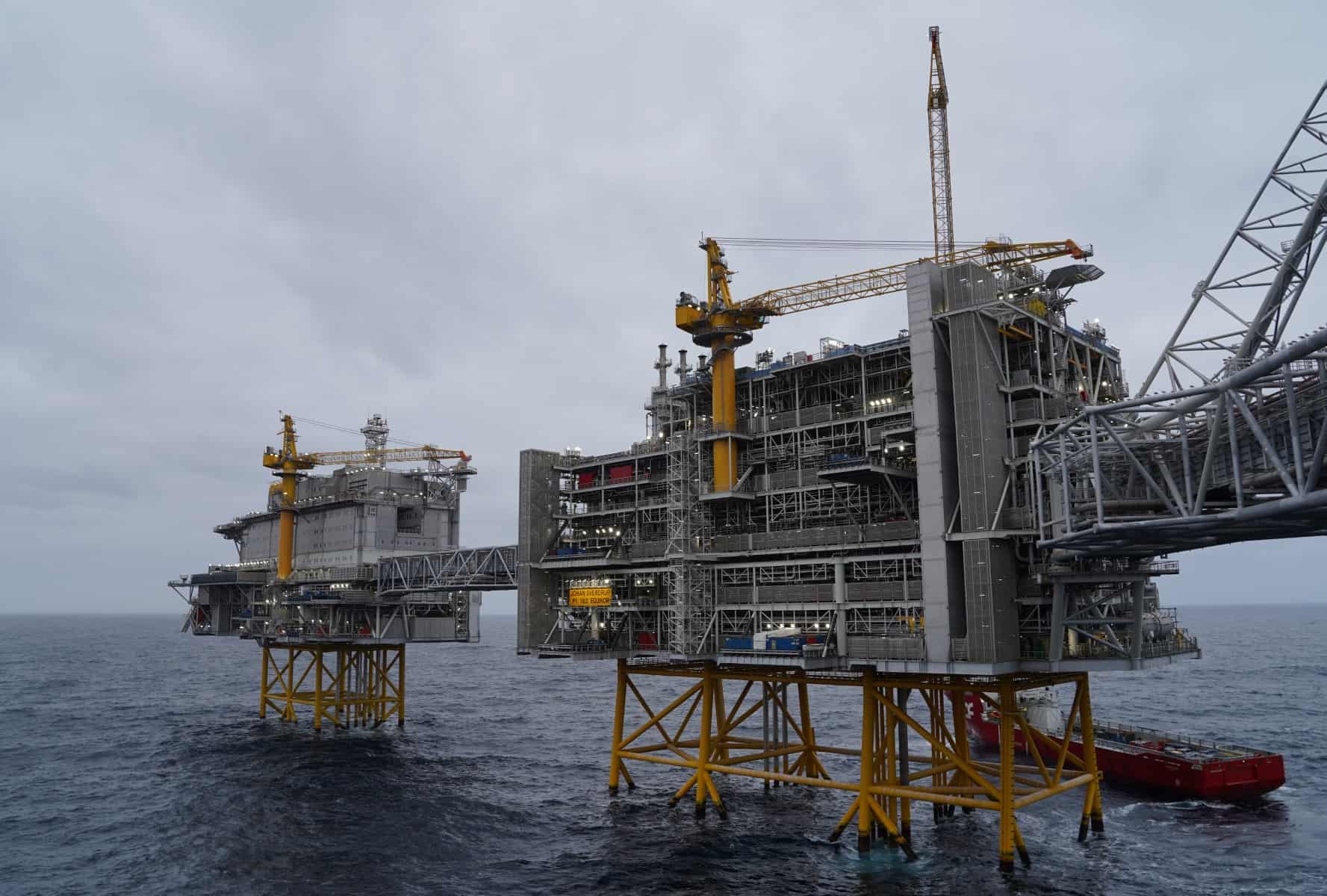Oslo, Norway—Norway’s sovereign wealth fund, the world’s largest, said Tuesday it recorded a loss of 1.637 trillion Norwegian kroner ($164 billion) in 2022, the largest since its creation, citing volatile markets.
“2022 was a truly dramatic year in the world. It affected financial markets and hence it also affects our global fund,” deputy chief executive Trond Grande of Norges Bank Investment Management which manages the fund told a press conference.
“We had multiple different emergencies and crises at the same time. War in Europe, broader geopolitical tensions, rising inflation, rising interest rates, high energy prices and increased economic uncertainty,” Grande added.
The return on investment was -14.1 percent.
Set up in the late 1990s, the Norwegian Government Pension Fund, known as the oil fund, is one of the world’s largest investors with shares in more than 9,000 companies in nearly 70 countries, including Apple, Microsoft and Alphabet, the parent company of Google.
Norges Bank Investment Management CEO Nicolai Tangen said that “2022, for sure, was a year for the history books,” noting that equities in all sectors were down, except for energy.
The 1.637 trillion kronor loss was “the biggest drop we’ve had in monetary terms since the inception of the fund,” Tangen told a press conference, noting that losses in terms of percentages had been worse, but the fund’s total value had increased significantly since then thanks to inflows.
In 2008, in the wake of the financial crisis, the return was -23.3 percent.
At the end of 2022, the value of the fund, which is financed by taxes paid by the nation’s oil and gas industry, still amounted to a whopping 12.43 trillion kroner.
That is higher than the 12.34 trillion kroner the fund held at the end of 2021, thanks to 1.09 trillion kroner in new tax inflows.
Currency fluctuations also boosted the fund’s value by 642 billion kroner.
The losses recorded in 2022 marked a trend reversal: in 2021, the fund earned 1.580 trillion kroner and in 2020 it saw a return of 1.070 trillion.
At the end of 2022, 69.8 percent of the fund’s assets were in equities, 27.5 percent in fixed income, 2.7 percent in unlisted real estate, and 0.1 percent in renewable energy infrastructure, according to the fund.








